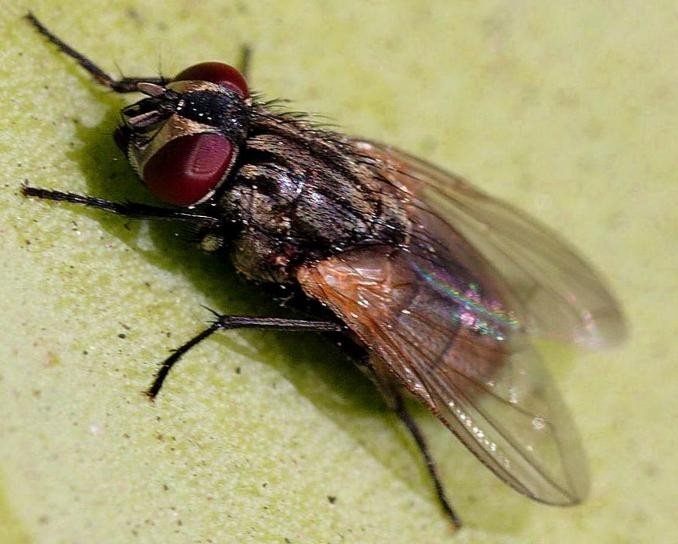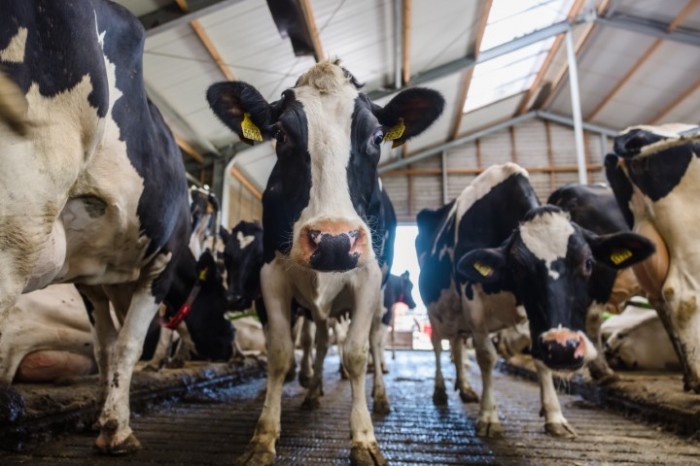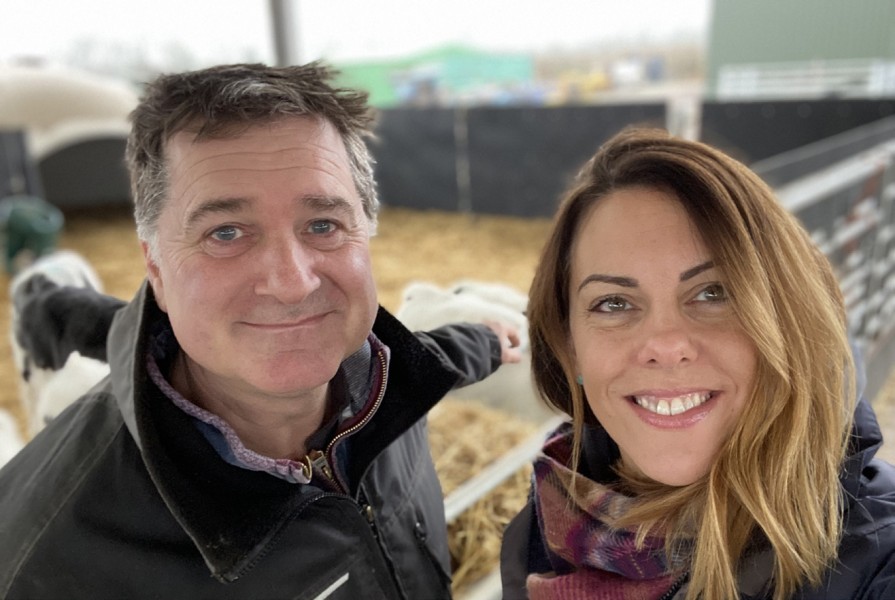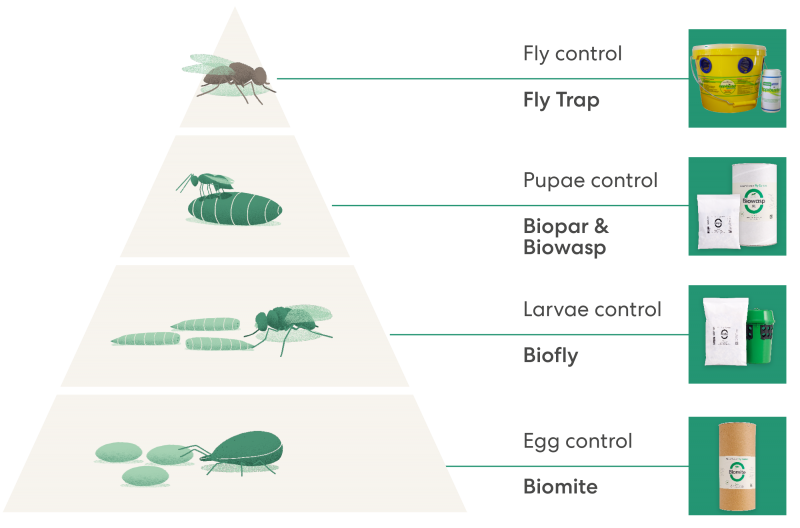LIfe cycle house fly
House fly
Musca domestica

House flies affect all farms and more generally all environments with organic matter. Their larvae (maggots) feed on various organic substrates. All stages are able to spend the winter in a form of diapause. In spring and summer their development can be rapid and quickly cause various nuisances.
House fly

Life cycle
There are four life stages in the house fly: (1) egg, (2) larva or maggot, (3) pupa, and (4) adult. Once mated, the female flies lay their eggs in moist organic waste. The eggs hatch in a few hours (about 8-16h) to give birth to young larvae. These larvae will consume all kinds of organic matter such as manure, decomposing plants, food scraps of all kinds. The larval feeding phase is complete after passing through three instars (about 3 to 6 days). These larvae will then migrate to a drier place to pupate and form a capsule-like envelope called the pupa. Hatching of adults from pupae can take up to 10 days depending on temperature. The adults need a drying time after emergence which lasts a few hours. Male and female mate, then the female lays her eggs near the feeder substrates. The longevity of adults in spring or summer often does not exceed 12 to 15 days.

Identification
Egg: about 1.2 mm long, elongated, creamy white, laid in clusters on organic matter. The eggs hatch 15 to 24 hours after being laid. Each female housefly can lay up to 800 or 1000 eggs.
Larva:three larval stages, also called maggots. They are 3 to 9 mm long, hairless and white in color. These larvae develop in moist areas rich in organic matter. When they reach maturity, these larvae can migrate to drier areas to pupate.
Pupa:it is the intermediate stage between the larva and the adult (photo above). The pupa is 6 to 8 mm long. It is yellow-orange to light to dark brown in color as it develops. These pupae are easily identifiable in the farm near walls, under troughs and in lightly trampled areas.
Adult fly:male and female measure 6 to 9 mm, the eyes are dark red, the proboscis at one end like spongy, 4 black lines along the length of the back are easily identifiable. They are excellent travelers with a large displacement capacity (>1Km). Adult flies generally live between 15 days or several weeks in winter.

Natural habitat and behavior
The house fly is an abundantly distributed, cosmopolitan synanthropic insect. House flies have special mouth structures that only allow them to consume soluble food. They use their saliva to wet and dissolve solid food before ingesting it. House flies feed and breed in organic matter (manure, straw, or decaying plant matter). Wetlands are favored by adults for egg-laying and larval development.
During the night, house flies rest on the surface of walls, ceilings, cans, grass, both indoors and outdoors. They usually stay above the ground but rarely more than 5 meters high. The use of biological control is very effective in controlling flies.

Nuisance/
economical damage
The presence of a high population of houseflies disrupts the welfare of animals and workers. They have a negative psychological impact and give the image of an unhygienic operation. In poultry farms, house flies significantly reduce egg production and also affect milk production in dairy farms.
By consuming tear fluids in the eyes of animals, flies are a permanent stressor and can cause specific pathologies locally. Flies are also excellent vectors and can transmit more than 100 different pathogens. Flies affect the health and welfare of animals and can also degrade farm products through contamination.

Get in touch
A successful approach to biological fly control is based on strategically planned releases.
Please contact us to discuss the possibilities.

Rob and Hannah Collins
Worcestershire
“Biowasp fly parasites
are the backbone of our
integrated fly control
management plan”.


